Submitted by the MVCAC VVBD Committee
by Sarah Zhang
https://www.msn.com/en-us/news/us/the-man-eater-screwworm-is-coming/ar-AA1FzlCJ?
The United States has, for 70 years, been fighting a continuous aerial war against the New World screwworm, a parasite that eats animals alive: cow, pig, deer, dog, even human. (Its scientific name, C. hominivorax, translates to “man-eater.”) Larvae of the parasitic fly chew through flesh, transforming small nicks into big, gruesome wounds. But in the 1950s, the U.S. Department of Agriculture laid the groundwork for a continent-wide assault. Workers raised screwworms in factories, blasted them with radiation until they were sterile, and dropped the sterile adult screwworms by the millions—even hundreds of millions—weekly over the U.S., then farther south in Mexico, and eventually in the rest of North America.
The sterile flies proceeded to, well, screw the continent’s wild populations into oblivion, and in 2006, an invisible barrier was established at the Darién Gap, the jungle that straddles the Panama-Colombia border, to cordon the screwworm-free north off from the south. The barrier, as I observed when I reported from Panama several years ago, consisted of planes releasing millions of sterile screwworms to rain down over the Darién Gap every week. This never-ending battle kept the threat of screwworms far from America.
But in 2022, the barrier was breached. Cases in Panama—mostly in cattle—skyrocketed from dozens a year to 1,000, despite ongoing drops of sterile flies. The parasite then began moving northward, at first slowly and then rapidly by 2024, which is when I began getting alarmed emails from those following the situation in Central America. As of this month, the parasite has advanced 1,600 miles through eight countries to reach Oaxaca and Veracruz in Mexico, with 700 miles left to go until the Texas border. The U.S. subsequently suspended live-cattle imports from Mexico.
After this latest news broke, I spoke with Wayne Cockrell, a Texas rancher who fears the screwworm’s return to Texas is now a matter of when, not if. The anti-screwworm program cannot produce enough sterile flies to stop the parasite’s advance, much less beat it back down to Panama, Cockrell explained. He has followed the outbreak closely as the chair of the cattle-health committee for the Texas and Southwestern Cattle Raisers Association, even visiting the sterile-fly factory recently. “There’s a sense of dread on my part now,” he told me.
At 60, he is too young to remember screwworms himself, but he’s heard the horror stories. Every cut, every scratch, every navel of a newborn calf threatened to turn fatal in the pre-eradication era. If the parasite does take hold in the U.S. again, it could take decades to push screwworms back down to Panama. That is, after all, how long it took the first time. Decades of screwworm vigilance have been undone in just two years.
You only have to glance at a map to understand why the screwworm outbreak is now at an alarming inflection point. Central America is shaped like a funnel with a long, bumpy tail that reaches its skinniest point in Panama. Back in the day, the USDA helped pay for screwworm eradication down to Panama out of not pure altruism but economic pragmatism: Establishing a 100-mile screwworm barrier there is cheaper than creating one at the 2,000-mile U.S.-Mexico border. Even after screwworms began creeping up the tail of the funnel recently, the anti-screwworm campaign had one last good chance of stopping them at a narrow isthmus in southern Mexico—after which the funnel grows dramatically wider. It failed. The latest screwworm detections in Oaxaca and Veracruz are just beyond the isthmus.
The wider the new front of the screwworm war grows, the more sterile screwworms are needed to stop the parasite’s advance. But the supply is already overstretched. The fly factory in Panama has increased production from its usual 20 million flies a week to its maximum of 100 million, which are now all being dispersed over Mexico. But planes used to drop 150 million flies a week over the isthmus in Mexico during the first eradication campaign in the 1980s. And when the front was even farther north in Mexico, a factory there churned out as many as 550 million flies weekly to cover the huge area. That factory, as well as one in Texas, has long since shut down.
The Texas and Southwestern Cattle Raisers Association is asking the USDA to build a new sterile-fly plant in the U.S., one big enough to produce the hundreds of millions that may soon be necessary. “We are working closely with Mexico to reestablish a biological barrier and prevent further geographic spread,” a USDA spokesperson wrote in response to questions about the adequacy of sterile-fly production. “If the fly spreads further geographically, we will need to reevaluate production capacity.” Several Texas lawmakers recently introduced the STOP Screwworms Act, which directs the USDA to open a new factory, but the whole process could still take years. “The facility needs to start tomorrow,” Cockrell said.
The U.S. cattle industry is unprepared for the screwworm’s return, he said, rattling off more reasons: Certain drugs to treat screwworm infection are not licensed in the U.S., having been unnecessary for half a century. Ranches used to employ 50 cowboys who regularly inspected cattle, and now they might have only five. And routine industry practices such as branding and ear tagging leave the animals vulnerable to screwworm infection. To face the screwworm, the cattle industry will have to adapt quickly to a new normal. The parasite could propel beef prices, which are already sky-high due to drought, even higher.
How screwworms managed to jump the barrier in 2022 is not fully clear. But in the years immediately before, the coronavirus pandemic reportedly created supply-chain snarls at the fly factory in Panama and disrupted regular cattle inspections that might have set off the alarm bells earlier. And the border between Panama and Colombia got a lot busier; the Darién Gap, once a notoriously impenetrable jungle, became a popular route for migrants.
Still, the screwworm advanced relatively slowly through Panama and Costa Rica for the first couple of years. Then it hit Nicaragua, and over just 10 weeks in 2024, it shot from the country’s northern border through Honduras and Guatemala to reach Mexico. This rapid advance was because of the illegal cattle trade, Jeremy Radachowsky, the director for Mesoamerican and the Western Caribbean at the Wildlife Conservation Society, told me. His organization has tracked the practice in Central America, where 800,000 cattle a year are raised illegally in nature reserves and then smuggled by boat and truck up to Mexico. This allowed the screwworm to spread much faster than it can fly. The line of new screwworm cases followed known smuggling routes, Radachowsky said. The constant northward movement of infected cattle could now make re-eradication more difficult. It’s like trying to empty a pool when “the spigot’s still open,” he said.
Decades of screwworm-free existence meant that even ranchers, whose livelihoods are directly affected, were slow to recognize the growing emergency. “We were so successful that literally people forgot,” a U.S. official in Central America familiar with the situation (speaking anonymously due to the delicate politics involved) told me. Inspections, timely reports of infection, and restrictions on cattle movement are important pieces of eradication, in addition to the release of sterile flies.
Over the years, scientists have also proposed more advanced ways of controlling the screwworm through genetics, though none is yet ready for prime time. The USDA supported research by Max Scott, an entomologist at North Carolina State University, to create a male-only strain that could reduce the number of flies needed for dispersal, but funding ended last summer. He has also proposed using gene drives, a still-controversial technique that could rapidly “drive” genetic material that makes females sterile into the wild population. The USDA wasn’t interested, he told me. (A spokesperson says the USDA “continues to research and investigate new tools,” including genetically engineered male-only screwworms.) But he did strike up a collaboration several years ago with scientists in Uruguay studying a gene drive for sterile screwworms.
Uruguay is interested because it never got to benefit from screwworm eradication; the country is located about halfway down South America, deep in screwworm territory. A retired USDA scientist, Steven Skoda, told me that he and his colleagues used to dream of “a world totally free of screwworm.” But eradication never reached South America, and now even the barrier protecting North America is no longer intact. The campaign to push screwworms from the south of Mexico—roughly where the parasite is right now—to the southern edge of Panama took 21 years. The way things are going, Cockrell said, some of his longtime colleagues in Panama might not see screwworms eradicated again in their country in their lifetime.
Note: This posting provides a summary of the current status and distribution of the screwworm fly. Previous posts have summarized the potential cost of this fly to the Mexican and US cattle industry as well as the huge cost to re-establish eradication. It also provides food for thought concerning the use of SIT to eliminate Aedes aegypti in California.
 Alameda County Mosquito Abatement District will be auctioning a Right-Hand-Drive Jeep from its Catch Basin program starting July 2nd here:
Alameda County Mosquito Abatement District will be auctioning a Right-Hand-Drive Jeep from its Catch Basin program starting July 2nd here: 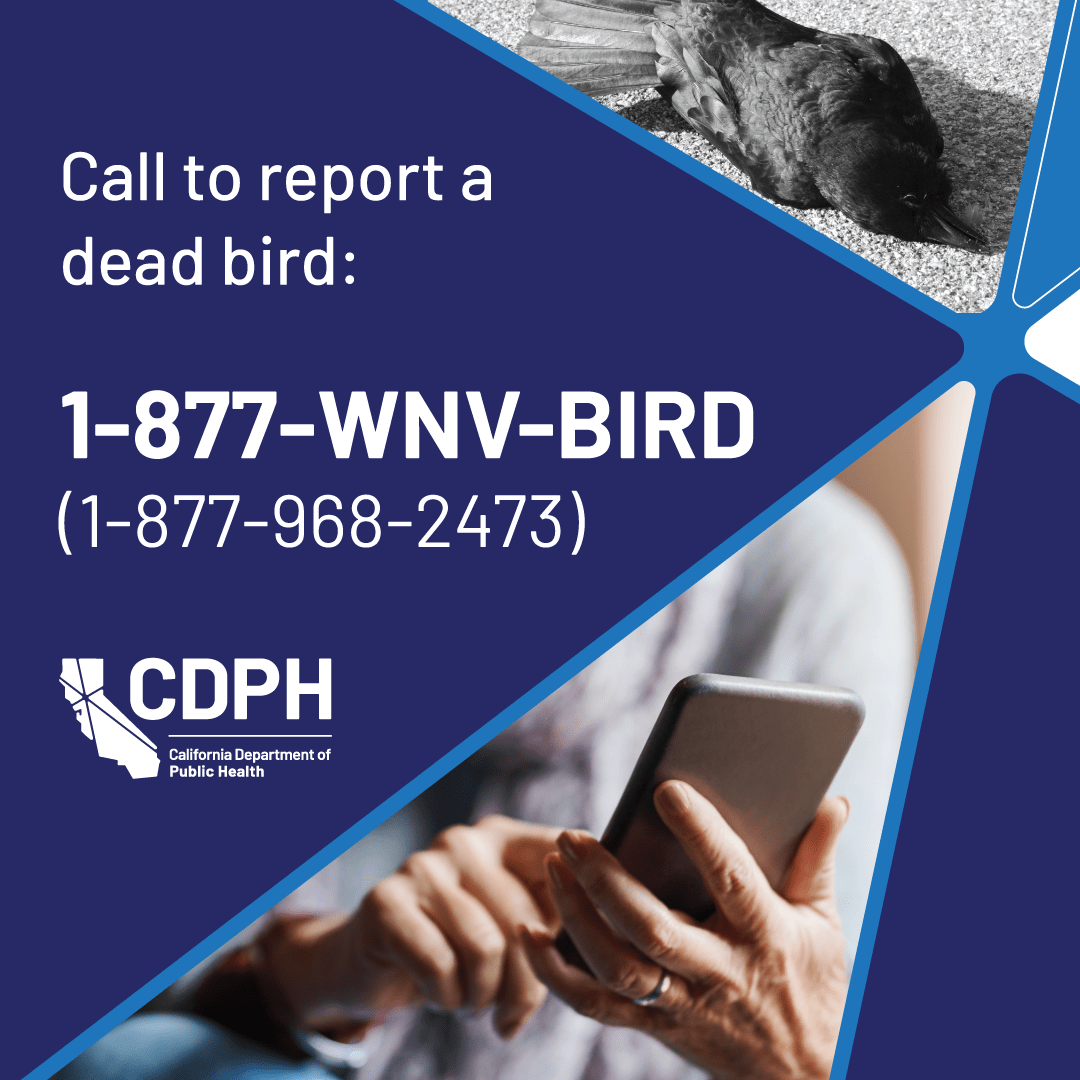
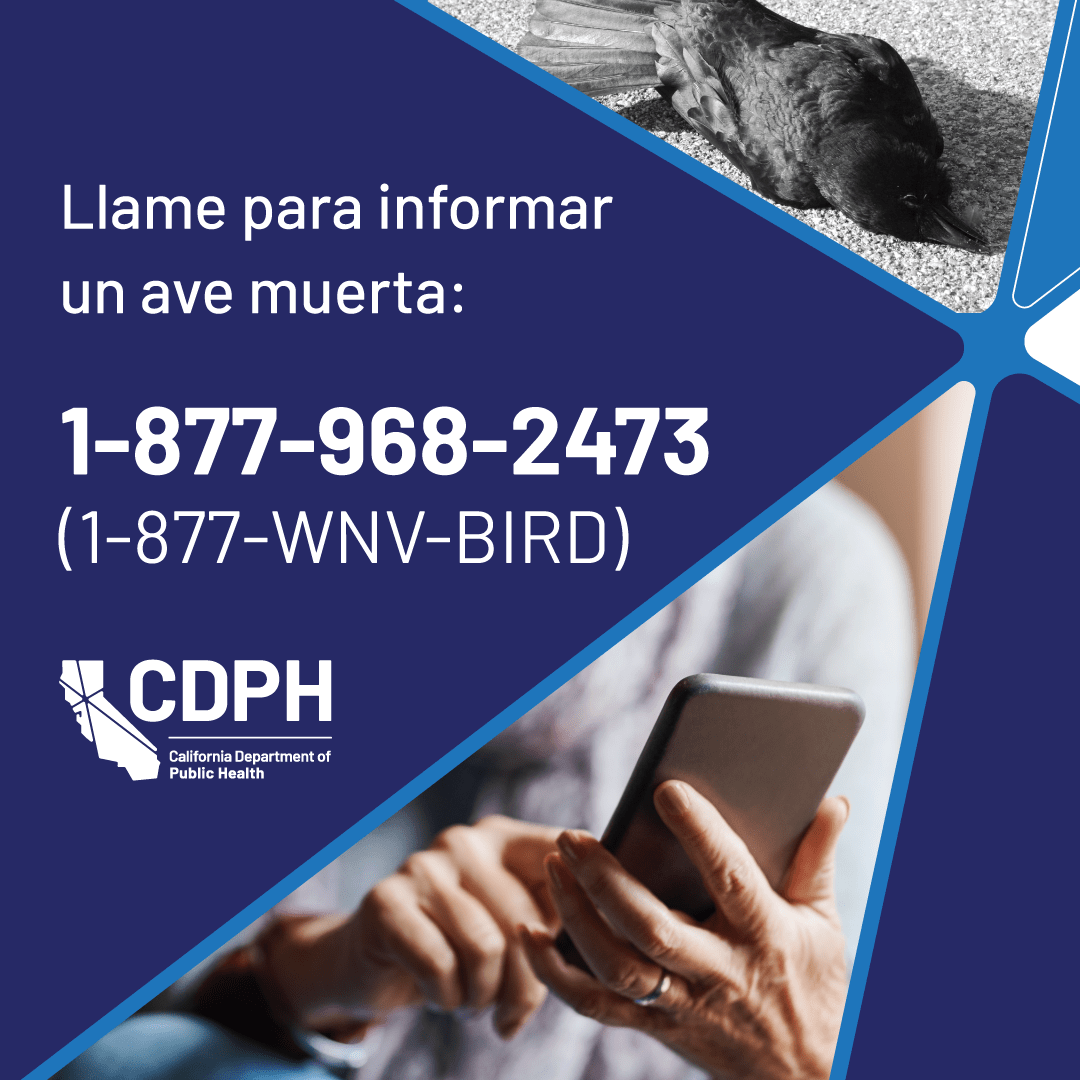
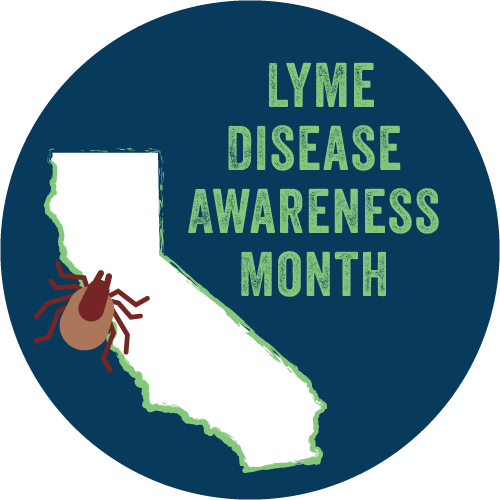 Nymphal Ixodes pacificus are most active in the spring and early summer in California. These tiny ticks pose a greater risk of transmitting Lyme disease.
Nymphal Ixodes pacificus are most active in the spring and early summer in California. These tiny ticks pose a greater risk of transmitting Lyme disease.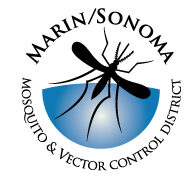 seasonal role may involve both fieldwork and support tasks related to mosquito and vector control, surveillance, and research, including disease prevention and public health initiatives. The position is full-time, seasonal, and not to exceed 1,500 hours per year.
seasonal role may involve both fieldwork and support tasks related to mosquito and vector control, surveillance, and research, including disease prevention and public health initiatives. The position is full-time, seasonal, and not to exceed 1,500 hours per year.